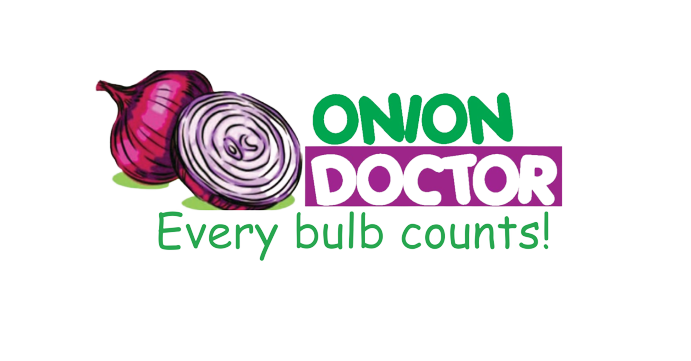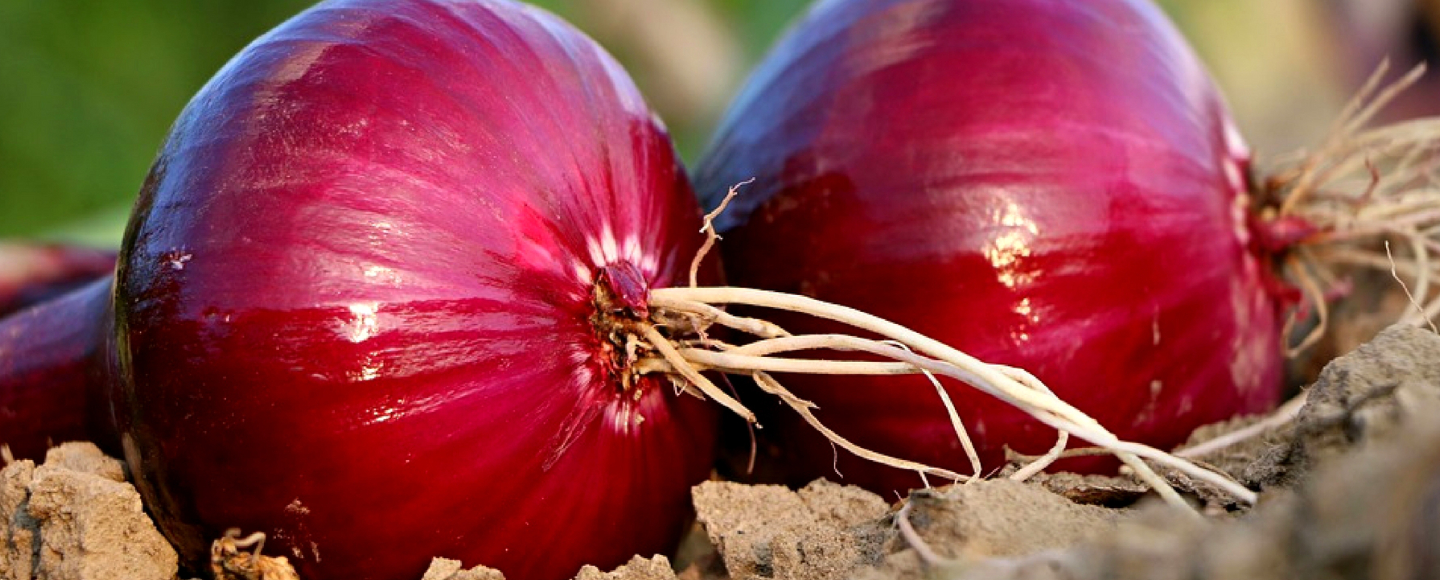Mastering Onion Farming in Kenya: A Comprehensive Guide with Onion Doctor

Are you in need of in-depth knowledge on onion and garlic production? If yes, we are a call away. Our service chatter includes: Onion seedlings, Garlic seedlings, Farm planning services, Soil testing, Drip irrigation installation and maintenance, Agronomic support, Onion and Garlic value pack and Farm management. For free consultation, placing orders or booking a visit with an agronomist, please contact us via Call or what’s app +254703982228, Email: Info@oniondoctor.co.ke.
Unlock the secrets to successful onion cultivation in Kenya with this comprehensive guide, crafted for both beginners and seasoned farmers. Partnering with Onion Doctor, we delve into the nuances of soil preparation, sowing techniques, and expert tips to ensure a bountiful onion harvest. Let's cultivate excellence in onion farming together.
Site Preparation If adding manure or composted organic matter then add a few weeks before sowing / planting out. You can tread the soil gently to firm it up a bit prior to sowing.
Sowing Onion Seed & Planting Sets Onions can be planted from seed or from sets . Sets are more expensive but they tend to be more reliable in their results and also require less work - no thinning and reduced onion fly risk. If sowing from seed then sow in drills about 2cm deep with about 1 inch between seeds. If sowing in rows then space the rows about 30cm apart. The soil should be moist before sowing so check the soil the day before sowing and water if the soil is dry. Again space rows about 30cm apart. Sow sets around 10cm apart as they shouldn't require any thinning. Dig a small hole for each set and place the set in neck upwards. When covered back up with soil the tip of the neck should just show through the soil surface. Spring onions (scallion) can be sown from April and planting should be staggered every few weeks to ensure a continuous crop throughout the growing season.
Soil type Onions will grow in almost any soil from sandy loams to heavy clay. The soil should be firm. If your soil is heavy then you can introduce some organic compost or manure into the soil to help its moisture retaining properties. Onions prefer a slightly acidic soil - PH 5.5-6.5 is a good PH for growing onions.
Planting Onion Sets Onions will need a realtively fertile soil with a good tilth and good dranage. If you have a heavy wet soil we recommend using riased beds to avoid potential disease caused by damp conditions. Avoid using fresh manure. Onions will enjoy a warm, sunny site. Growing onions from sets is much easier than growing from seed and perfect for the beginner. Onion sets are just small, immature onions from the previous year. Plant the onions from early March till the end of April. Red onions are more likely to bolt and a later April planting can reduce the chance of this happening.
Here are some tips to help you pick the best: You don’t want any shoots, you might think you’re getting a head start but you’ll just get a very poor quality bulb. Avoid any skinny looking ones. Discard anything with mould or brown patches on the skin. Any very big sets are more likely to run to seed. Nice, tidy and round and oval bulbs will produce an excellent onion.
Planting Push the sets about 1 cm into loose soil approx 10cm apart with 25cm between rows, leave about half of the onion showing above the soil. Birds seem to love pulling them out of the ground and scattering them round the garden. You can solve this by placing enviromesh or cloches over them for the first month which I strongly recommend. Firm the bed before planting either by standing on a timber plank of leaving the soil to settle a couple of weeks before planting. If the soil is very loose the roots don't get a firm hold, the plant thinks it's starving and can run to seed . If you want to be clever and save weeding later on you can plant through a sheet of black plastic. Spread the plastic over your prepared bed, make a hole just large enough for each set and just pop them in.
Onion Crop Care Your onions should be well rooted now so it will be safe to remove the cloche. It is important to hoe regularly around the plants as onions don't have foliage to suppress weeds. Take care when hoeing as onions have very shallow root systems and you may damage them with deep, vigorous strokes. Hoe regularily to control weeds and to stimulate the growth of the plant. One of the best gardening tools you'll ever buy is the oscillating stirrup hoe. It's a very effective old fashioned tool that really works properly. Hoeing not only removes the weeds but it also breaks up the surface of the soil and creates a fine texture or 'tilth'. A good tilth lets air and moisture in to the roots of your plants thus increasing their vigour.
Watering and Mulching Onions If the sun is proving hot and dry keep your onions watered. Onions have a very shallow root system and so will dry out a lot quicker than other plants. This can cause the onions to mature early leaving you with small bulbs. When watering you are better to give the area a thorough soaking to a depth of 6 inches rather than watering all the time. Also it's better to water early in the morning as midday irrigation can evaporate quickly. Evening watering will leave the plants cold and damp over night like going to bed in wet pyjamas! Mulching onions when the tops are 10 - 12 inches tall can also help as the mulch will retain moisture. Onion Flower Stems Break off any flower stems which may appear, this is the onion trying to bolt. A hard stem will be produced inside the onion making it unsuitable for storing. Breaking the stem off will not prevent this from happening but will stop the onion using the energy in the bulb to produce a flower. The bulb around the hard stem will still be fine but should be used when pulled.
Preparing Onions For Harvest You can tell when your onions are ready when about 75% of the stems have tuned yellow and fallen over. At this point some of the stems should have begun to yellow and should be ready for harvest in about 2 weeks time. If you have had a wet year the stalks can stay green for too long and prolong the ripening process. You can speed up the harvesting time by pulling up the bulbs a little bit to break some of the roots, about 10 days later lift your onions completely.
Onion Doctor supports small holder farmers across Africa with quality and affordable Onion and Garlic seedlings, Onion seedlings, Farm planning services, Soil testing, Drip irrigation installation and maintenance, Agronomic support, Onion and Garlic value pack, Farm management, E-extension and on-farm training for farmers to optimize on yields and get maximum profits.

